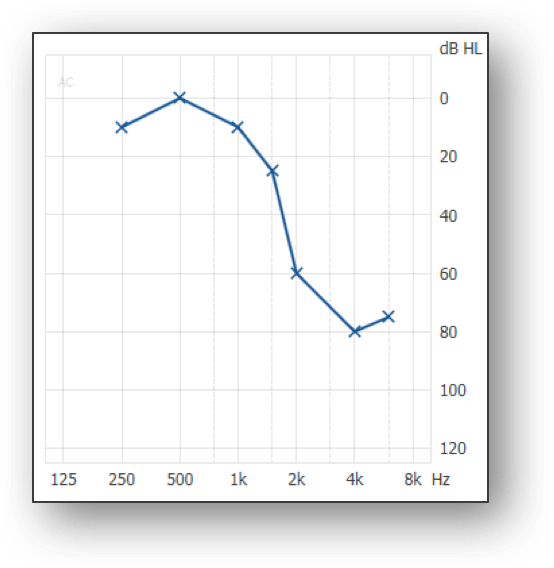Abstract
Background
Most elderly patients poorly tolerate the standard treatment for esophageal cancer; however, little information is available regarding the appropriateness of non-standard esophageal cancer treatments for those patients. This study aims to analyze the treatment costs and completion rates of patients undergoing a real-world treatment for esophageal cancer to elucidate the treatment selection and its quality.
Materials and methods
We analyzed treatment costs and completion rates for patients with esophageal cancer and analyzed these data relative to patient age and center volumes. Patients with esophageal cancer [UICC, TMN, Clinical stage II/III (excluding T4)] who were diagnosed in 2013 were analyzed. Patients were classified into five groups defined as follows: surgical therapy, chemotherapy, concurrent chemoradiotherapy (CCRT), modified concurrent chemoradiotherapy (mCRT), and radiotherapy (RT).
Results
Mean and median age of patients who received surgery and CCRT were comparable; however, patients who underwent mCRT and RT tended to be older. Medical costs associated with surgery were higher than costs associated with other non-surgical treatments. Cost and completion rate of chemoradiotherapy did not differ between CCRT and mCRT; however, both had higher completion rates compared to that of RT. Surgical expenses tended to be the highest in low-volume centers and the lowest in high-volume centers.
Conclusion
Treatment of esophageal cancer at high-volume centers seems well balanced compared with medium- to low-volume centers. mCRT was widely performed and comparable in medical cost to CCRT, although additional clinical impacts were unclear.
from #ORL-AlexandrosSfakianakis via ola Kala on Inoreader http://ift.tt/2olLYuH






